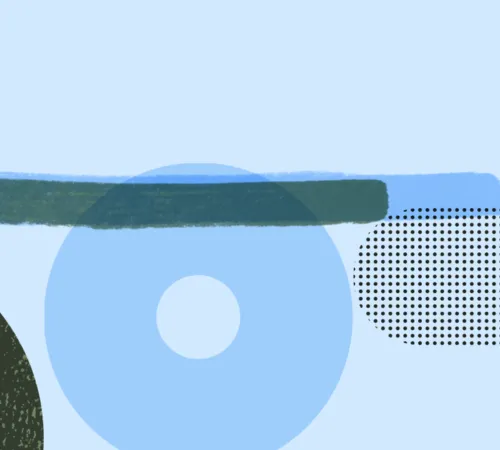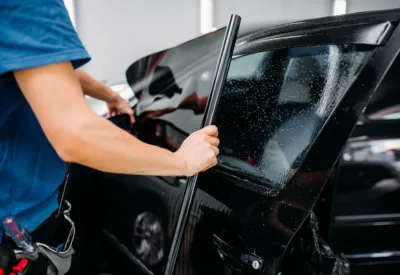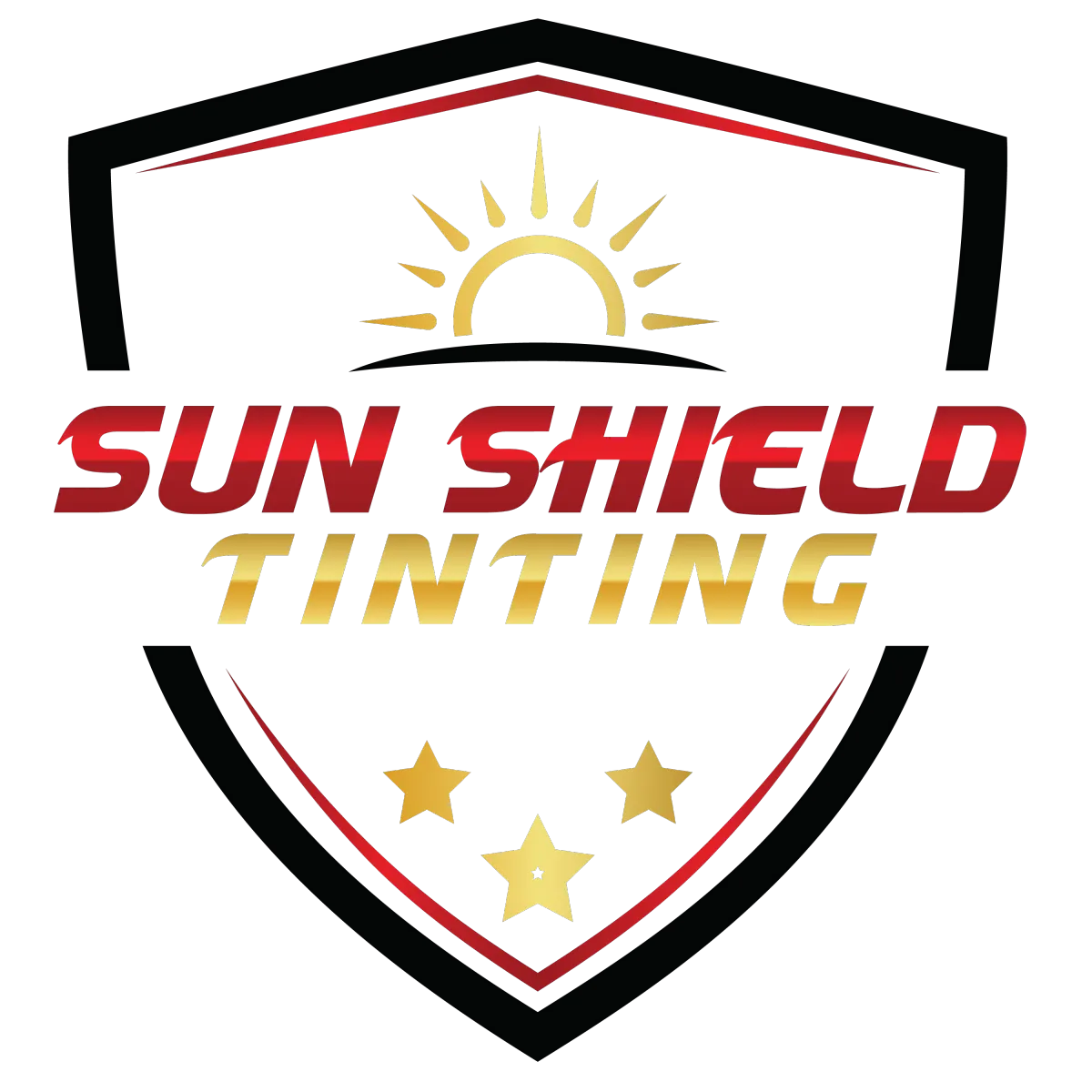Window Tint versus Window Film: Examining the Key Practical Differences
Window Tint versus Window Film: Examining the Key Practical Differences
Essential Window Tint Basics
Two Terms, One Common Confusion Explained Clearly

Drivers and homeowners often say window tint and window film like they’re interchangeable, but the products serve different needs. Tint usually describes dyed or ceramic layers on auto glass, while film can include decorative, safety, or energy-saving laminates used on buildings. Understanding those distinctions prevents costly ordering mistakes.
From heat rejection to shatter resistance, each category has unique performance ratings governed by different standards. If you assume every film blocks ultraviolet rays like a premium automotive tint, you might leave your interior unprotected. Let’s break down the real differences to help you choose wisely.

Comparing Materials and Real-World Performance
Automotive tint is engineered around visible light transmission percentages, infrared absorption, and signal-friendly construction so electronics keep working. Most films are thin but multilayered, stacking dyes, metals, or nano-ceramics with a scratch-resistant hard coat. Building film, by contrast, may prioritize insulation, privacy frosting, or bomb-blast reinforcement, so thickness and adhesive systems vary widely. Both start as PET sheets but diverge during coating and curing, which explains why warranties and care instructions are not interchangeable.
Performance outcomes likewise differ. A top-tier ceramic tint rejects up to 97 percent of infrared heat yet remains nearly invisible, ideal for cars that need comfort without a dark look. Security window film, however, may add minimal heat control but can hold shattered glass together during storms, vital for storefront safety codes.
Automotive Tint: Heat and Glare Advantages

Texas drivers fight solar heat that can bake interiors above 150°F, something ceramic window tint protects against every day. Modern ceramic tint forms an infrared barrier that keeps cabin temperatures down, so air-conditioning works less and fuel economy improves. Glare drops up to 80 percent, reducing eye strain and making evening commutes safer. Ultraviolet blockers inside the film help preserve dashboards, leather, and even your skin. Unlike dyed films that fade purple, quality ceramic constructions maintain clarity for years.
Texas drivers fight solar heat that can bake interiors above 150°F, something ceramic window tint protects against every day . Modern ceramic tint forms an infrared barrier that keeps cabin temperatures down, so air-conditioning works less and fuel economy improves. Glare drops up to 80 percent, reducing eye strain and making evening commutes safer. Ultraviolet blockers inside the film help preserve dashboards, leather, and even your skin. Unlike dyed films that fade purple, quality ceramic constructions maintain clarity for years.

Because tint darkens glass, many owners worry about nighttime visibility. Films with low light-reflectance levels and high infrared rejection allow more visible light to pass while still cutting heat. Choosing a 35 percent VLT ceramic keeps gauges and mirrors clear after sundown, satisfying Texas law yet giving strong daytime comfort. It also pairs nicely with factory privacy glass on SUVs, creating a uniform look without over-tinting front windows. Maintenance is straightforward: a soft microfiber cloth and ammonia-free cleaner keep surfaces streak-free.
Architectural Films Offer Unique Benefits
Residential and commercial architectural window film rarely has the automotive darkness customers picture. Instead, it can be virtually clear while blocking more than half of incoming solar energy, lowering HVAC bills during triple-digit highs. Frosted options add daytime privacy to bathrooms or conference rooms without heavy blinds, letting natural light flow.
Some architectural films also reinforce glass, helping panes meet safety codes for tornado debris and forced-entry resistance. Many carry National Fenestration Rating Council labels, so builders can claim energy credits. For property managers seeking security and efficiency in one upgrade, these multipurpose layers yield a fast payback, especially compared with replacing whole window assemblies. Installation takes only a day per floor, minimizing tenant disruption.
Legal Limits and Warranty Terms
Automotive tint must meet the Texas Transportation Code, which sets 25 percent minimum VLT on front doors and bans reflective surfaces. Building film faces no such statewide tint limit, but landlords or HOA rules may dictate appearance. Always verify local statutes before scheduling installation. Warranty details differ, too.
Automotive tint must meet the Texas Transportation Code, which sets 25 percent minimum VLT on front doors and bans reflective surfaces. Building film faces no such statewide tint limit, but landlords or HOA rules may dictate appearance. Always verify local statutes before scheduling installation. Warranty details differ, too.


A premium car tint often carries transferable lifetime coverage against fading and adhesive failure, provided it stays on the original glass. Architectural film warranties can span 10 to 15 years and may include glass breakage coverage if thermal stress causes cracks after application.
Fine print matters because a voided warranty leaves you paying for removal and replacement. Keep all paperwork and ask the installer to register serial numbers with the manufacturer. If you’ve added aftermarket defroster wiring or replaced a windshield, alert your tint shop so coverage stays intact.
Choosing the Right Window Film Solution Wisely
First, identify the problem you’re solving. Is cabin heat unbearable? Choose an infrared-rejecting ceramic tint rated above 90 percent IR. Do you manage a storefront on a busy street? A security film with 7-mil thickness and tear-resistant adhesive may be the smarter pick. For homes, low-e architectural film can trim cooling costs 15 percent and qualify for energy rebates.
Budget matters, but consider lifetime value instead of upfront cost. A cheap dyed tint may fade in two summers, requiring removal fees and fresh material. Conversely, a certified ceramic layer holds color, cuts HVAC load, and boosts resale, often repaying itself within two years. Similarly, clear safety film may lower insurance premiums by deterring break-ins. Discuss these downstream gains with your installer before deciding. Remember to account for local inspection fees and any homeowner association approvals that could delay the project. Proper planning avoids costly redo work.
Professional Installation Matters Most for Longevity
Film performance is only as good as the prep work. Certified technicians clean glass with razor scrapers, alcohol, and lint-free towels before shrinking the film to match complex curves. They flush the door seals to remove dust that could create bubbles hours later. DIY kits seldom achieve that level of precision or cleanliness.
Professional shops also carry plotters to cut patterns from manufacturer databases, avoiding knife marks on glass. After installation, they bake the tint with heat guns or lamps to speed adhesive curing, then inspect in multiple light angles. These steps safeguard against peeling and color shift, ensuring you enjoy clear visibility and enduring style year after year. Plus, reputable installers recycle scrap film responsibly, reducing environmental impact and keeping work areas tidy for faster turnaround.
Why Drivers Trust Sun Shield Service
Sun Shield’s technicians train directly with leading film manufacturers and refresh certifications annually, so methods always match the latest material science. The shop’s climate-controlled bays keep airborne dust below industry thresholds, essential for flawless optics on high-VLT ceramic tints. Clients appreciate transparent quotes that list film model numbers and performance specs rather than vague descriptions.
Every customer receives a custom care sheet and a courtesy follow-up call two weeks later to address any concerns. The team invites owners back for complimentary inspections each spring. This proactive support, combined with lifetime labor warranties, explains our five-star ratings and long list of repeat customers who send friends our way. Online scheduling and contactless payment options further simplify the experience for busy drivers, and seasonal discounts reward early booking for the summer heat season. Ready to protect your glass and stay cooler on Texas roads? Book your free window-tint consultation with Sun Shield today, schedule online or call out.
Get our latest news and promos


SATISFACTION GUARANTEED

UNPARALLELED SUPPORT
Sun Shield of Lubbock
Social Media
Payments Accepted







